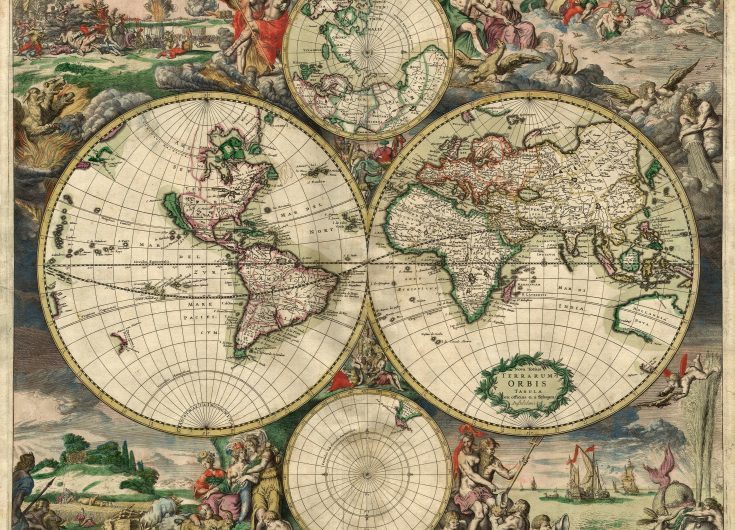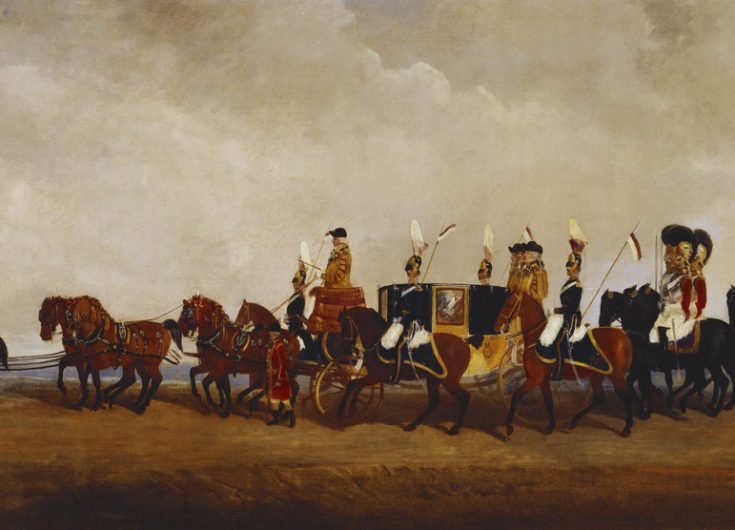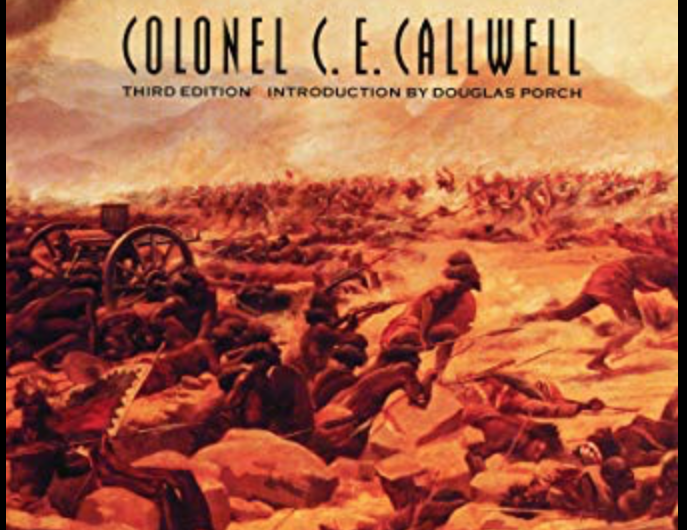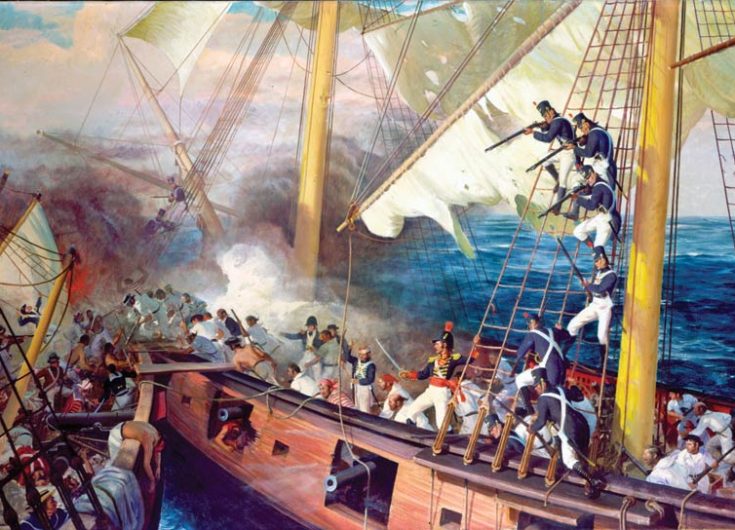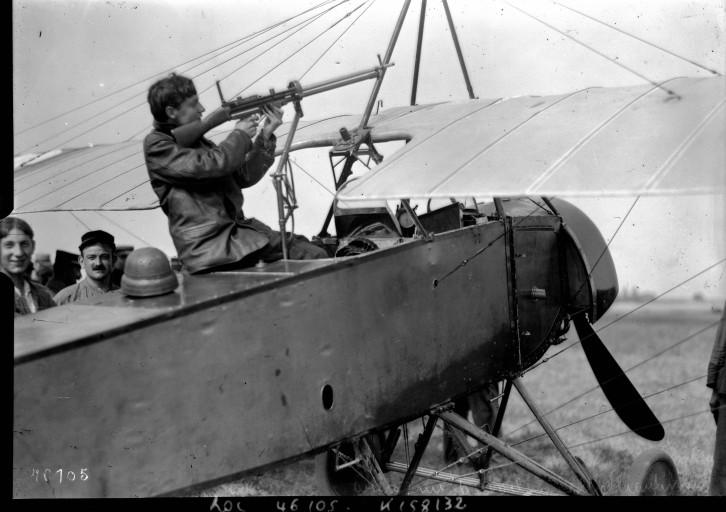

The Thucydides Trap: Does it Exist?
In 2012, Harvard’s Graham Allison posed this question: Can China and the US escape Thucydides’s trap? According to Allison: “The historian’s metaphor reminds us of the dangers two parties face when a rising power rivals a ruling power – as Athens did in 5th century BC and Germany did at the end of the 19th century. Most such challenges have ended in war. Peaceful cases required huge adjustments in the attitudes and actions of the governments and the societies of both countries involved.” Athens’ dramatic rise in the Greek work shocked the then-leading power, Sparta. Fear compelled its leaders to respond. Threat and counter-threat produced competition, then confrontation and finally conflict. At the end of 30 years of war, both states had been destroyed. Thucydides wrote of these events: “It was the rise of Athens and the fear that this inspired in Sparta that made war inevitable.”


